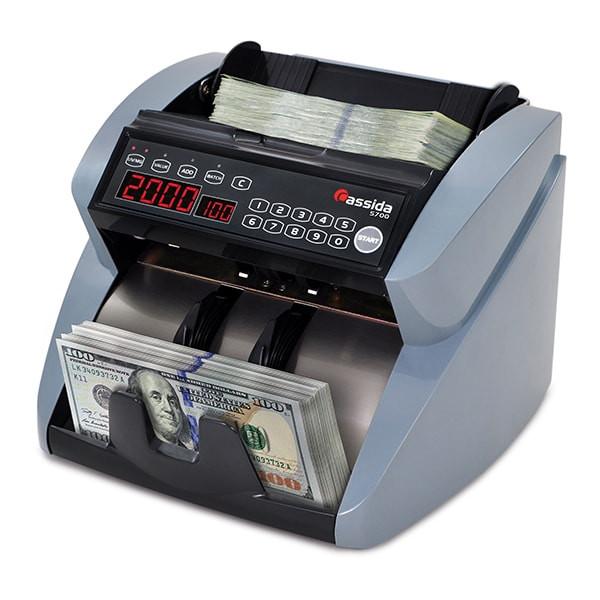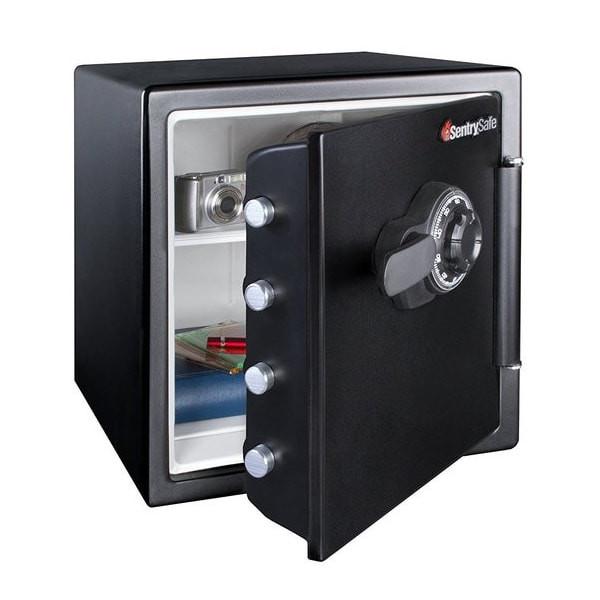Canada’s Plastic Money Leaves Counterfeiters Puzzled
Scott Wolfe, a Police Constable in Regina, Canada came across a counterfeiting case one fall, where a counterfeiter had cut out the security window from a $5 bill and transferred it to a $50 bill and a $100 bill. The counterfeiter had successfully managed to pass on the bill to a small retailer, even though just by touching the money one could tell that it was paper money and not polymer money. Probably, the counterfeiter had managed to pass off the money in a dimly lit area, such as in a bar or with the note sandwiched between genuine notes.

This counterfeiting scenario was a rare case given that money counterfeiting rates in Canada have dropped since polymer money was introduced in 2011. In fact, according to the Royal Canadian Mounted Police (RMCP), counterfeiting cases in Canada fell by 74 percent between 2014 and 2015, while it fell from 52, 217 cases in 2011 to 16, 445 cases in 2015. This reduction in counterfeiting is because even the best attempts to make fake money do not measure up to the genuine currency due to the security features that the polymer notes have.

There are several reasons why counterfeiters are having a hard time reproducing the notes.
- Most counterfeiters print paper money because they find it difficult to access the plastic used to print polymer bills. The best attempt to simulate this is by using shiny wrapping paper, pasted on to plastic strips. In addition, buying the plastic is quite expensive and most small scale counterfeiters cannot afford it.
- It is hard for counterfeiters to reproduce the see through area that the polymer notes have. This is the most difficult aspect of counterfeiting these notes.
- The unique texture of the notes are difficult to imitate.
The notes have various security features. These include:
- A metallic portrait of a young Queen Elizabeth II. If you tilt the note, the portrait will change color.
- Raised ink on the large portrait of an older Queen Elizabeth II.
- A marple leaf border, which crosses into the large transparent window in the note.
- A large transparent window that contains the metallic portrait and symbols.
- Small text that contain the repeated words A HISTORIC REIGN • UN RÈGNE HISTORIQUE in the transparent window.
- A frosted marple leaf with a transparent outline on the right side of the bill. Look for hidden numbers in the marple leaf.
- Transparent marple leaves on the transparent window. The marple leaves feel raised to the touch.
It costs 19 cents to produce each polymer note. This is about twice as much as it costs to produce paper notes. However, the polymer bills last about 2.5 times longer than the paper notes. This reduces the environmental impact that the notes have and it helps to cut down on the replacement costs the government incurs.

The RCMP National Anti-Counterfeiting Bureau in Ottawa is the body responsible for handling counterfeiting cases in Canada. This body states that the most common way that counterfeiters pass fake cash is by paying for low value items using a high value note, so that they can get a large amount of genuine currency in change.
The most commonly counterfeited polymer note in Canada is the $100 bill, while for the paper money it is the $20 bill. When the Canadian dollar experiences a dip, more US dollar counterfeits start circulating in Canada. This is largely because most Canadians are not familiar with the security features that US notes have.
The most popular technologies used to make fake money in Canada include offset printing and the use of toners and inkjet printers.
Even though cons in Canada are still struggling to counterfeit the money perfectly, higher quality notes are emerging in Australia, which was the first country to introduce polymer notes in the 1980's. These notes are produced in Australia and processed in Mexico.
There are several strategies one can use to identify fake Canadian money. These include:
- The feel of the money. You can feel the fine details and the raised images using your fingers when you touch authentic notes. Also, the texture of the plastic money differs from the texture of the paper money that most counterfeiter’s use.
- Look for more than one security feature when examining notes, especially high value notes. There was a case where the counterfeiter added ultraviolet features to a note he had reproduced. That meant that if the person examining the note only used ultra violet light to test it, the note would have passed the authenticity test even though it was a fake.
- Use counterfeit money detectors. These are more accurate and can easily and quickly help you to identify fake notes. Choose a counterfeit money detector that is suitable for you, depending on how much you can afford to pay for it and how busy your store is. Before polymer money was introduced, the Bank of Canada tested the new currency series extensively to ensure that it would work with most machines that give out money like ATMs, vending machines and counterfeit detectors, so make sure that the counterfeit detector you use can handle polymer bills.
It is important for retailers to be always on the alert when handling transactions because according to Mark Carney, the Governor of the Bank of Canada, more than half of the shopping transactions in Canada are carried out using cash.




Leave a comment